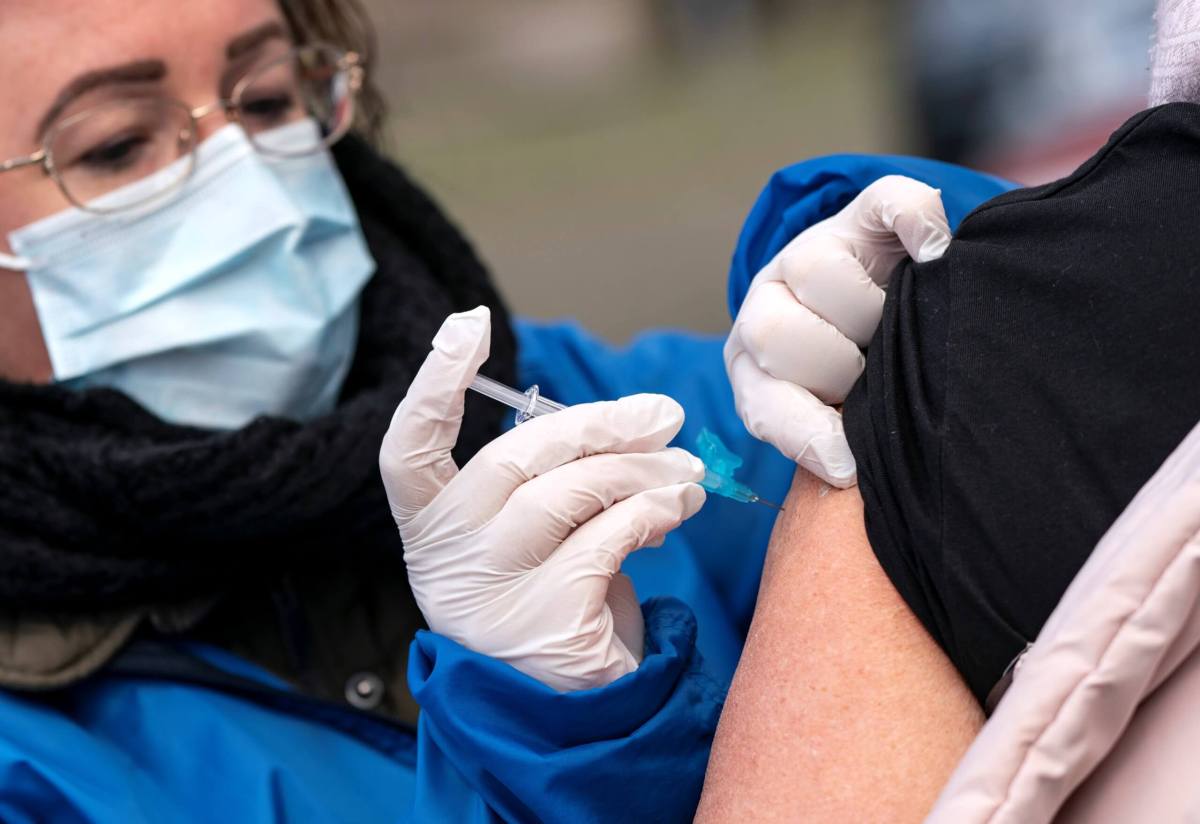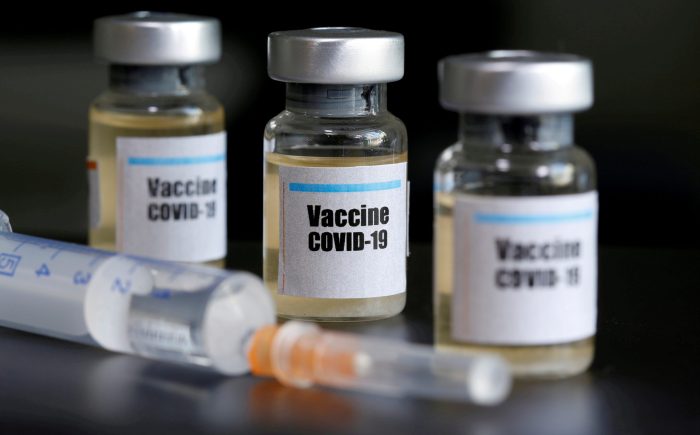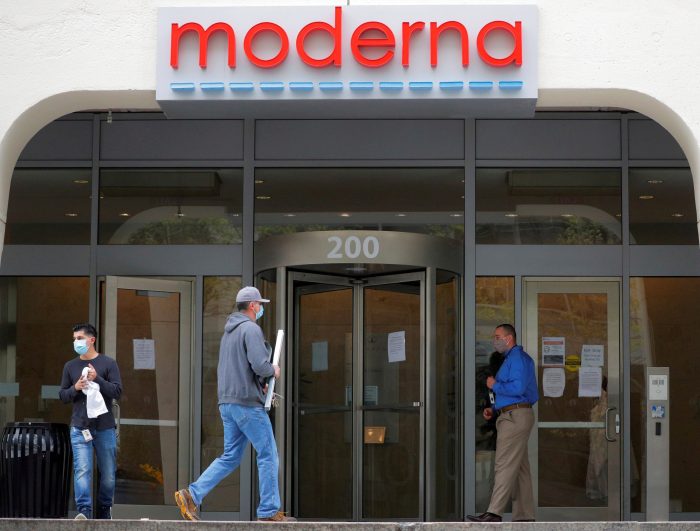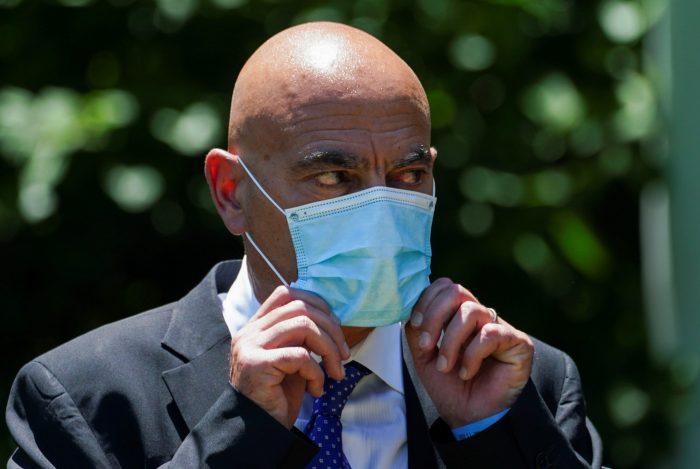New York state is opting into a federal program that will ensure that nursing home residents, staff members and some high-risk health care workers will get the COVID-19 vaccine within the next several weeks, Governor Andrew Cuomo announced Friday.
The federal government will deliver the COVID-19 vaccine directly to nursing home through contracts with pharmaceutical companies. The state also anticipates having enough vaccines in the next two weeks to begin vaccinating about one-third of health care workers considered to be at the highest risk of COVID-19 infection.
There are about 700,000 health care workers in New York state, and about one-third of them are considered high-risk. By Cuomo’s estimation, the first round of vaccinations should cover about 76,000 high-risk health workers.
All of that depends on whether the federal government can deliver what’s being promised within the given time frame, Cuomo cautioned during his Dec. 4 conference call with reporters.
State officials also shot down a rumor being spread on social media that nursing homes would be kept off-limits from visitors for a year after residents and staff are inoculated — no such restriction has been presented, considered or enacted.
Meanwhile, the governor sought to dispel concerns about hospital capacity in New York state during the second wave of COVID-19 — with the memories of overwhelmed hospital rooms and staff during March and April still fresh in the minds of many.
Cuomo said the state’s flex strategy allows medical centers statewide to expand as needed, region by region, through approaches such as suspending elective surgery and requiring medical centers to double-up on total numbers of beds.
These were practices used during the first wave in March and April, Cuomo noted. New York did suspend on Friday elective surgery in the Buffalo area to open up additional hospital beds amid a COVID-19 surge and hospital capacity issue there.
Changes in the treatment of COVID-19 patients since the pandemic first started have also helped ease the burden on hospitals statewide, Cuomo noted.
Far fewer hospital patients (18% presently) are being placed in intensive care, or or intubation (45% of intensive care patients, down from 85% at the height of the crisis).
The average hospital stay has dropped from 11 days between March and April to about five days now, Cuomo said.
More importantly, the death rate has also dropped from 23% of New Yorkers hospitalized with COVID-19 in March/April to 8% today.
“God bless the medical professionals who have learned more about how to treat COVID, have more therapeutics, have better medicines and better practices,” Cuomo said, adding that “the death rate going from 23% to 8% is truly significant.”





































